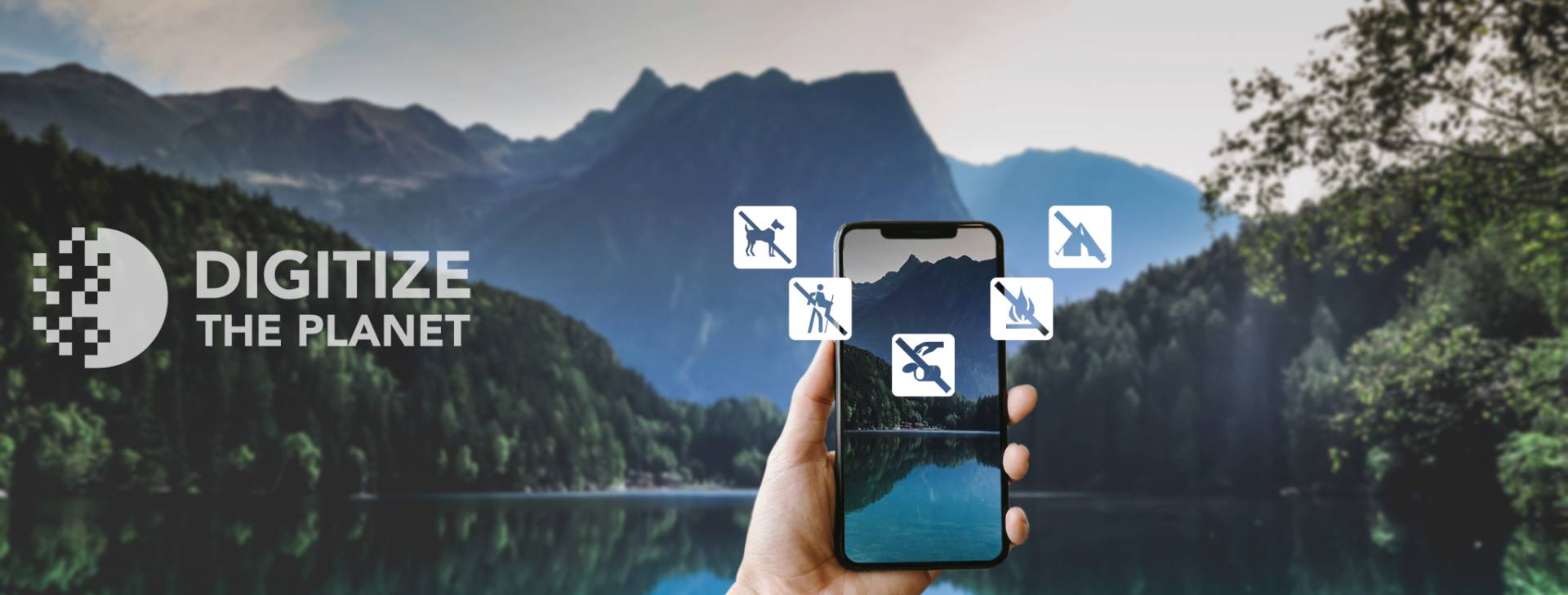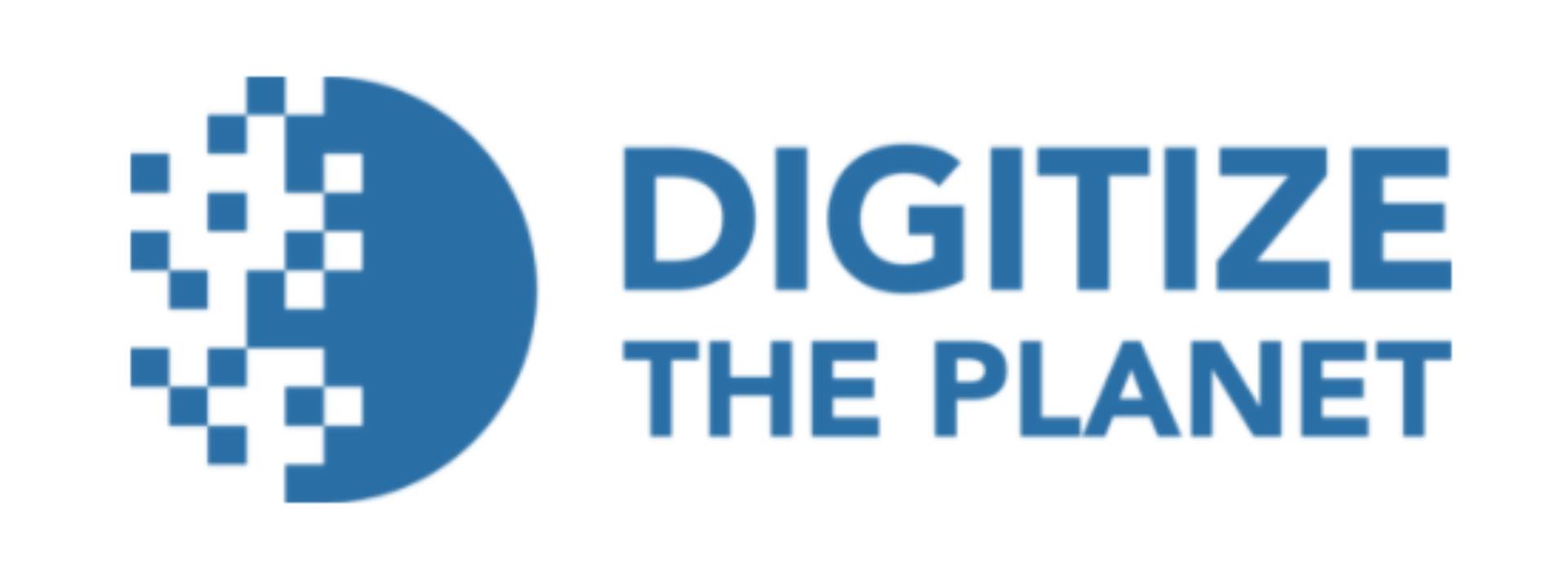An interview with Hartmut Wimmer on Digitize the Planet
Jill Warren (ECF): Tell us about Digitize the Planet and its mission.
Hartmut Wimmer: Digitize the Planet was launched last year as a non-profit organisation representing many stakeholders from outdoor sports, conservation and destinations. Our goal is to digitise all relevant regulations, including laws and local rules for the outdoor use. Our mission is to work with all stakeholders from protected areas to develop a responsible relationship between our natural environment and the people, through standardised and internationally digitised rules.
JW: Why is an organisation like Digitize the Planet needed?
HW: There are at least 265,000 known protected natural areas around the world. In such areas, problems can arise when tourists and other recreational users do not know and don’t follow the rules that apply there – such as where they are allowed to hike or bike, whether they are allowed to camp there, make fire, and so on. And it can be difficult for users to know what the rules are, since there can be many levels of regulation and confusion about what is and what is not allowed.
Various online portals are providing digital information on trails and tours that go through protected areas, and people use these trails for a variety of different activities. Conflicts arise when suggested routes are not compatible with existing regulations. Digitize the Planet aims to minimise the problems that can arise by ensuring the applicable rules are also made available to users in a structured, digital form. We aim to do this by digitally processing the information that regulates interaction with nature and making it freely available as open data.

JW: Who are the main stakeholders Digitize the Planet is aimed at?
HW: On the one hand it is aimed at the users so they will know what the rules are and be more compliant in respecting them. On the other hand it is aimed at the wider ecosystem of stakeholders who want and need to ensure that the rules are more easily accessible and complied with.
JW: What does Digitize the Planet hope to achieve in the next few years?
HW: We want to make such information available digitally for many more protected areas, and in doing so we will contribute to the environmental sustainability of protected areas and to the minimisation of conflicts between recreational users and other stakeholders. Currently we are doing some interesting pilots with stakeholders from conservation areas in Germany, Austria and Slovenia, and will broaden our scope from there. In a next phase of our development, we also want to be able to digitise relevant information on things like activity related bans, closures, hazards, or visitor occupancy rates.
JW: How can the work of Digitize the Planet enhance the work of cycling tourism promoters and other cycling tourism and leisure stakeholders?
HW: It can benefit them by ensuring that people can enjoy cycling tourism while at the same time knowing and respecting the applicable environmental protection rules on the routes they take. This leads to more harmonious and responsible relationships between our natural environment and the many stakeholders including other users of the routes, local residents and the competent authorities, and to fewer conflicts between these stakeholders.
JW: How can organisations and individuals support your work and get involved in Digitize the Planet?
HW: We very much welcome new members to Digitize the Planet. I invite you to find out more on the Community page of our website at Community - Digitize the planet.
Author: Jill Warren
